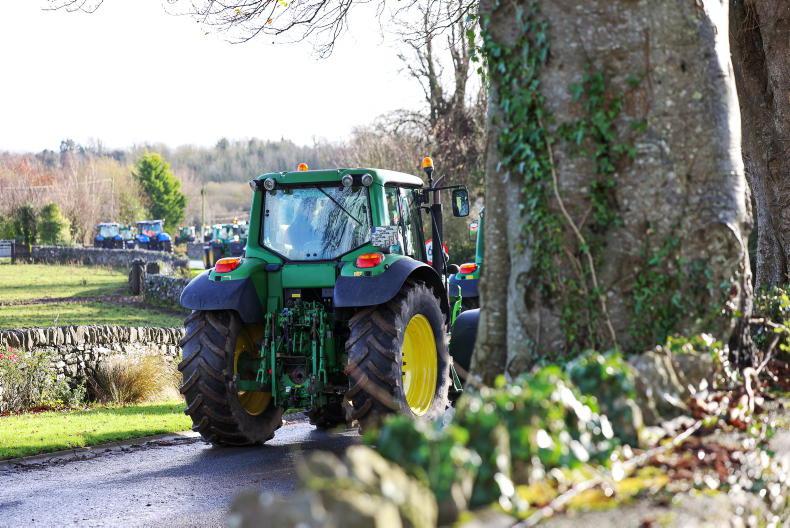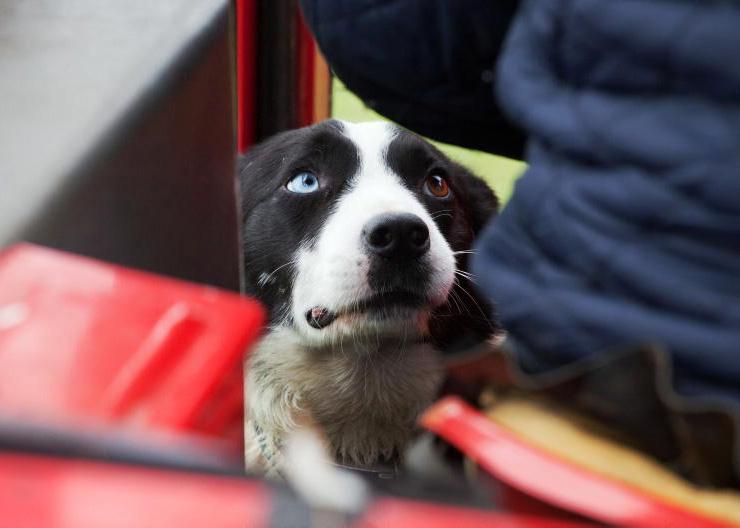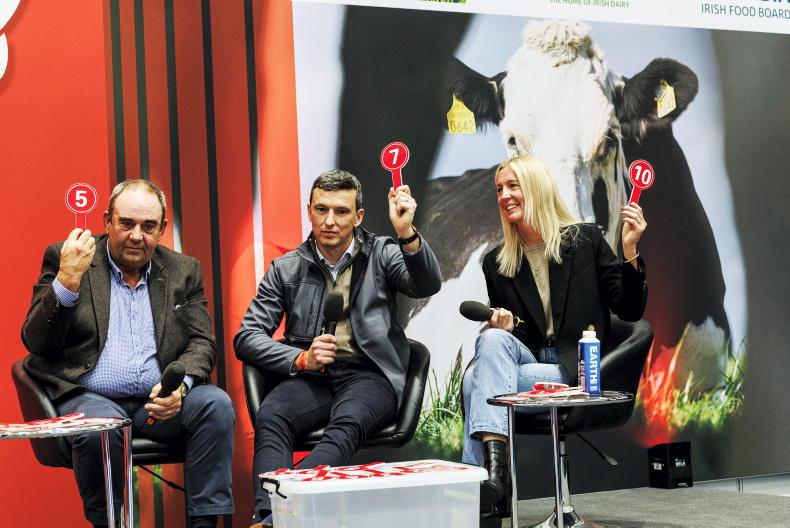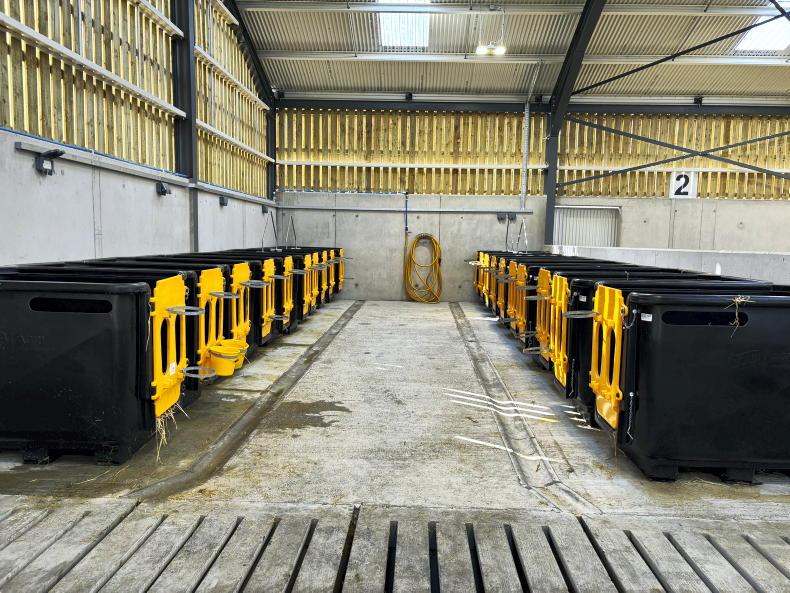There was a great piece in the Irish Farmers Journal a month back regarding the history of veterinarians in Ireland. One excerpt from it noted that many years ago on a farm in Mullagh, Co Clare, the vet arrived to a ‘meitheal’ who was ready to restrain the cattle despite the availability of a newly installed ‘cattle crush’. On enquiring about the cattle crush, the vet was told it was “only put in for show”.
The ‘meitheals’ are long gone, and with them the half placid cattle that were used to being hand-fed and stall-tied.
While dairy cows have retained their quiet nature by and large, beef cattle are now being handled less due to the part-time nature of a lot of drystock enterprises, making them a greater challenge to manage.
We owe it to ourselves and those who work on the farm to have good facilities in place. You might think you work alone and that you have no need for them, but vets, hoof trimmers and scanners can be frequent visitors to the yard and the handling facilities are as much for their safety as yours.
A friend of mine practising veterinary suffered a broken arm from assisting a cow with calving a number of years ago, which rendered her out of action for a number of months, putting additional pressure on the other vets in the clinic. Were facilities up to scratch? If not, then why not?
FSCIS
It is heartening to see with each tranche that the Farm Safety Capital Investment Scheme (FSCIS) is the most or second most popular sub scheme.
Over 8,000 applications under the scheme were made in the first four tranches, with many of these investments in permanent and fixed mobile handling units for sheep and cattle.
While the scheme temporarily closes, it will open again from 9 January. While I often complain about the reference costs of TAMS, the 60% grant aid under the FSCIS does mean that it is still worthwhile to use.









SHARING OPTIONS